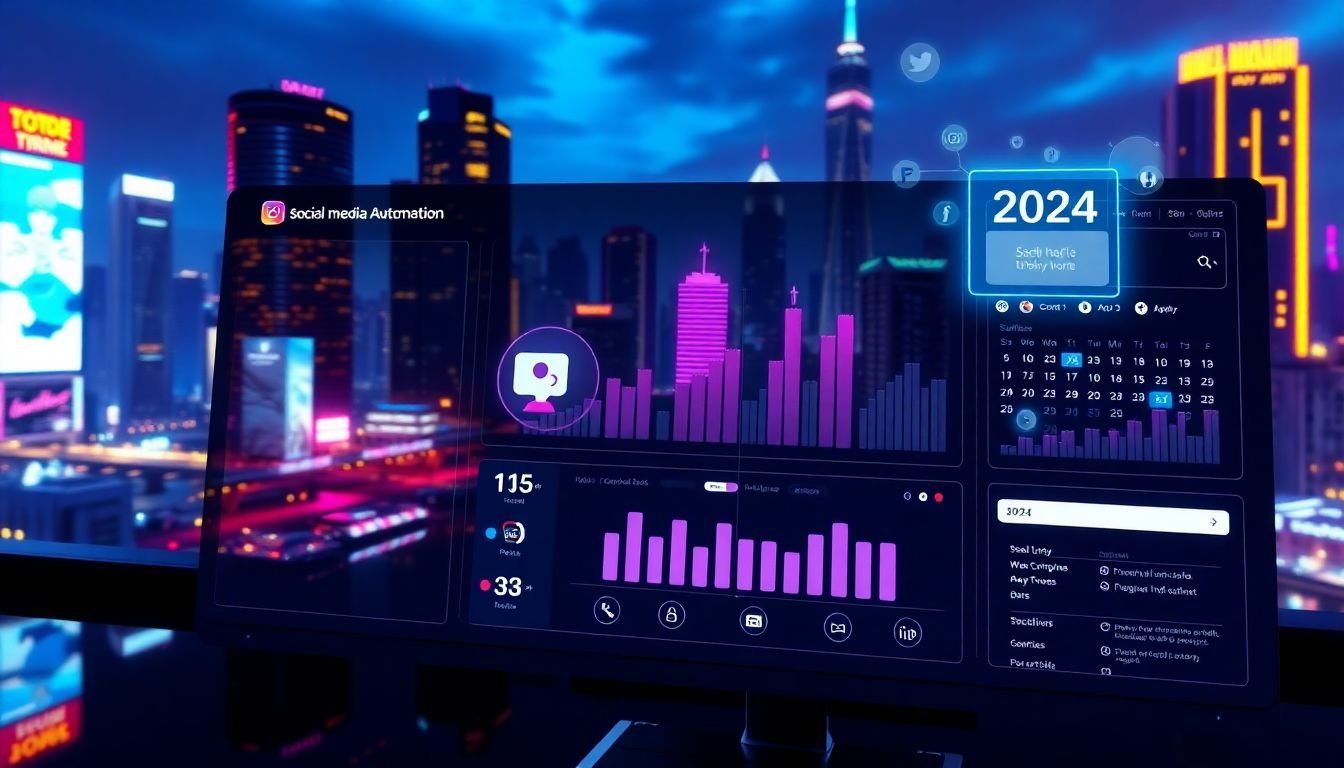
Table of Contents
In the dynamic world of digital marketing, the question on every marketer’s mind is: ‘How can we stay ahead of the curve while maintaining our sanity?’ The answer lies in the harmonious blend of strategy, creativity, and technology
- a symphony that social media automation tools conduct with remarkable finesse. As we step into 2024, the future of marketing is not just about being present on various platforms; it’s about leveraging AI-powered scheduling and automation to maximize efficiency and reach.
Imagine this: You’re a marketing manager juggling a dozen social media accounts, each with its unique voice and content calendar. You’re constantly playing catch-up, and the thought of manually scheduling posts for the week is enough to make your head spin. Now, imagine an AI-powered tool that learns your brand’s tone, suggests optimal posting times, and schedules content across all platforms with just a few clicks. Sounds like a dream? Welcome to the future of marketing.
This article, ‘The Future of Marketing: 10 Game-Changing Social Media Automation Tools for 2024’, is your roadmap to marketing efficiency. We promise to unveil the top automation tools that are set to revolutionize your social media strategy. By the end of this read, you’ll agree that embracing automation is not just a choice, but a necessity in the ever-evolving marketing landscape.
But why should you care? According to a study by Hootsuite, 79% of marketers agree that social media automation has revolutionized the way they work. It’s not just about saving time; it’s about reaching the right audience at the right time with the right content. Automation tools are the secret weapon that top marketers are using to stay ahead, and it’s high time you join the league.
So, are you ready to step into the future of marketing? Let’s dive in and explore the 10 game-changing social media automation tools that are set to dominate 2024.
Revolutionizing Marketing: Top Social Media Automation Tools Powered by AI for 2024
In the dynamic landscape of 2024, the intersection of artificial intelligence and social media automation has given rise to a new era of marketing. No longer confined to manual scheduling and repetitive tasks, marketers are now equipped with sophisticated tools that leverage AI to revolutionize their strategies. These top social media automation tools, powered by AI, are not just about efficiency; they’re about intelligence. They learn, adapt, and evolve, much like the market itself. Imagine an AI that understands your audience better than you do, predicting trends, optimizing content, and even engaging with your followers in a way that feels authentic and personal. It’s not about replacing human touch, but augmenting it, allowing marketers to focus on strategy and creativity while the AI handles the rest. From Hootsuite’s Insights powered by Brand24 to Buffer’s AI-powered content suggestions, and from Sprout Social’s AI-driven analytics to MeetEdgar’s AI-based content categorization, these tools are not just making marketing easier; they’re making it smarter. They’re not just about posting at the right time; they’re about posting the right content to the right audience at the right time. In 2024, marketing is no longer about guesswork and trial and error. It’s about data-driven decisions, predictive analytics, and AI-assisted strategies. It’s about revolutionizing marketing, one automated, AI-powered post at a time.
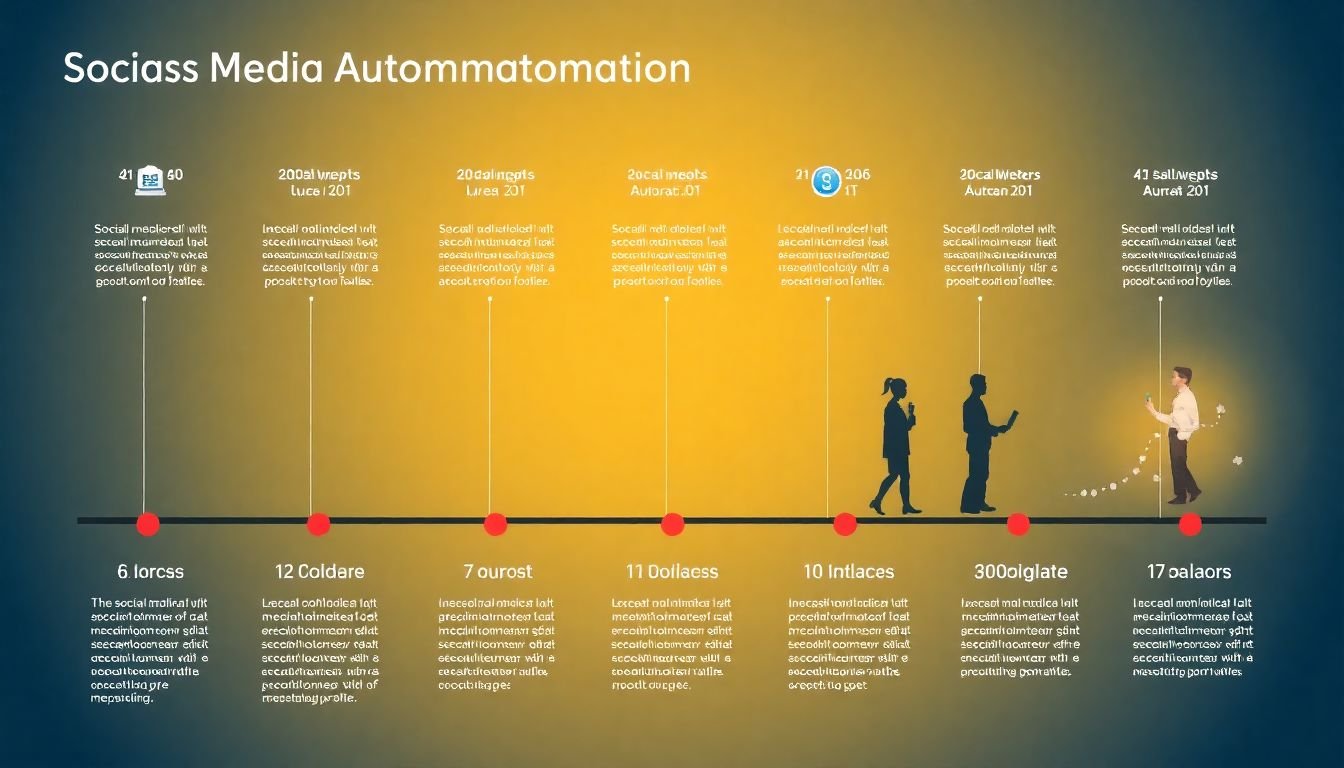
The Dawn of AI in Social Media Automation
In the early days of social media, managing multiple platforms was a labor-intensive task. Marketers would manually craft posts, schedule them using simple tools, or even rely on the spontaneity of real-time updates. This era, often referred to as the ‘manual posting’ phase, was characterized by time-consuming processes and limited reach. However, the dawn of AI in social media automation has revolutionized this landscape, ushering in an era of efficiency and innovation.
The evolution of social media automation can be seen in three distinct steps. Firstly, the advent of simple scheduling tools allowed marketers to plan their posts in advance, freeing up time for other tasks. Secondly, the introduction of analytics tools provided valuable insights into post performance, enabling marketers to refine their strategies. Lastly, the integration of AI has taken social media automation to new heights.
AI-driven scheduling, for instance, uses machine learning algorithms to determine the optimal time to post content based on audience engagement patterns. This not only saves time but also increases the likelihood of a post being seen and interacted with. Moreover, AI can analyze vast amounts of data to provide predictive insights, helping marketers anticipate trends and tailor their content accordingly.
The role of AI in shaping the future of marketing efficiency is undeniable. It can generate captions, create simple graphics, and even draft entire posts, freeing up human resources for more creative and strategic tasks. Furthermore, AI can help identify and engage with influencers, automate customer service responses, and even predict which content is likely to go viral. As AI continues to evolve, it promises to make social media marketing not just more efficient, but also more effective and engaging.
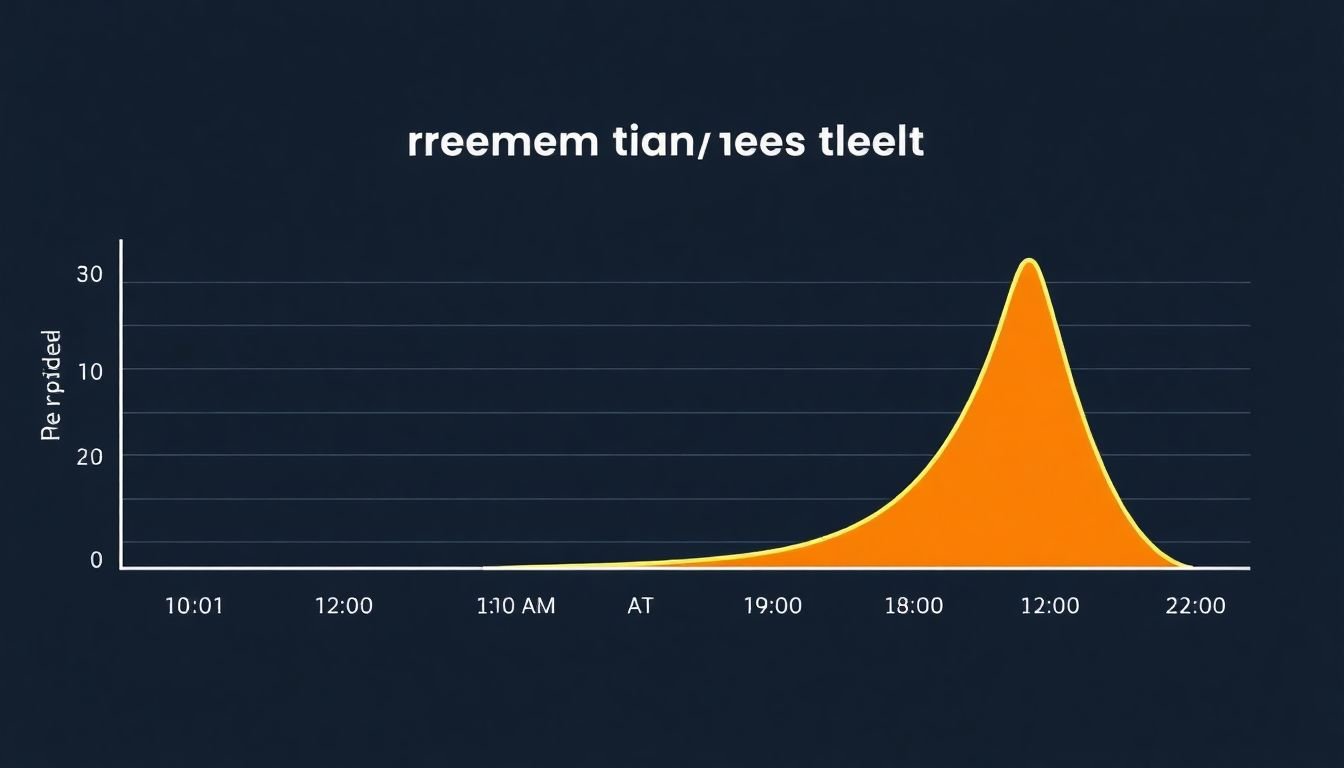
The Power of Predictive Analytics
In the dynamic realm of digital marketing, the power of predictive analytics has emerged as a game-changer, transforming the way we engage audiences and measure success. At the heart of this revolution lie AI-powered tools, which harness the potential of predictive analytics to optimize marketing strategies and maximize impact. Let’s delve into how these innovative tools are reshaping the marketing landscape. AI-driven predictive analytics begins with the collection and analysis of vast amounts of data. This data, ranging from user behavior to content performance, is the fuel that powers predictive models. By feeding this data into sophisticated algorithms, these tools can identify patterns, trends, and correlations that would otherwise remain hidden from the naked eye. This process, often referred to as data mining, is the first step in unlocking the power of predictive analytics. One of the most significant applications of predictive analytics in marketing is the optimization of posting times. AI tools can analyze historical data to predict the optimal times for posting content, ensuring that it reaches the widest possible audience. This is not a one-size-fits-all approach; instead, these tools take into account the unique behavior patterns of each audience segment. For instance, an AI might predict that a specific group of users is most active on social media during their morning commute, leading to a targeted post at that precise moment. This level of precision is not only powerful but also highly efficient, saving marketers time and resources. Predictive analytics also plays a pivotal role in enhancing content performance. By analyzing past content performance, AI tools can predict which types of content are most likely to resonate with a specific audience. This could range from predicting the popularity of a particular topic to the optimal length of a blog post. For example, an AI might suggest that a certain demographic is more likely to engage with infographic content, leading to a shift in content strategy. This predictive capability allows marketers to create content that is not only relevant but also highly engaging. Furthermore, predictive analytics can significantly improve audience engagement. By predicting user behavior, AI tools can provide personalized content recommendations, increasing the likelihood of engagement. This could be as simple as suggesting related articles at the end of a blog post or as complex as creating a tailored content feed for each user. The key here is personalization, which has been shown to significantly increase engagement rates. In conclusion, the power of predictive analytics in marketing is undeniable. From optimizing posting times to enhancing content performance and improving audience engagement, AI-powered tools are transforming the way we approach digital marketing. As these tools continue to evolve, we can expect to see even more innovative applications of predictive analytics in the future. The future of marketing is here, and it’s powered by predictive analytics.

Content Creation: AI as Your Copywriter
In the dynamic world of digital marketing, content is undeniably king. But creating engaging, on-brand content day in and day out can be a daunting task, even for the most creative of marketers. This is where artificial intelligence (AI) steps in, transforming from a futuristic concept to an invaluable tool in our content creation toolbox today.
AI algorithms, powered by machine learning and natural language processing, are now capable of generating captions, hashtags, and even entire posts. This isn’t about replacing human creativity, but rather augmenting it. AI can analyze vast amounts of data to understand what’s working and what’s not, providing insights that can guide your content strategy.
For instance, consider an AI-powered copywriting tool. It can generate multiple variations of a caption or post, allowing you to choose the one that resonates best with your audience. It can also suggest relevant hashtags, increasing the visibility of your content. But it doesn’t stop at suggestions. Some advanced AI can even draft entire posts, freeing up your time to focus on strategy, creativity, and other aspects of your marketing campaigns.
However, it’s essential to remember that while AI can generate content, it’s up to us to ensure it’s accurate, relevant, and aligns with our brand voice. AI might not understand the nuances of your brand as well as you do, so it’s crucial to review and edit the generated content.
In essence, AI is not here to replace marketers but to empower them. It’s a tool that can streamline our workflow, provide valuable insights, and help us create more effective content. So, why not leverage this technology to boost your content creation process and achieve better results?
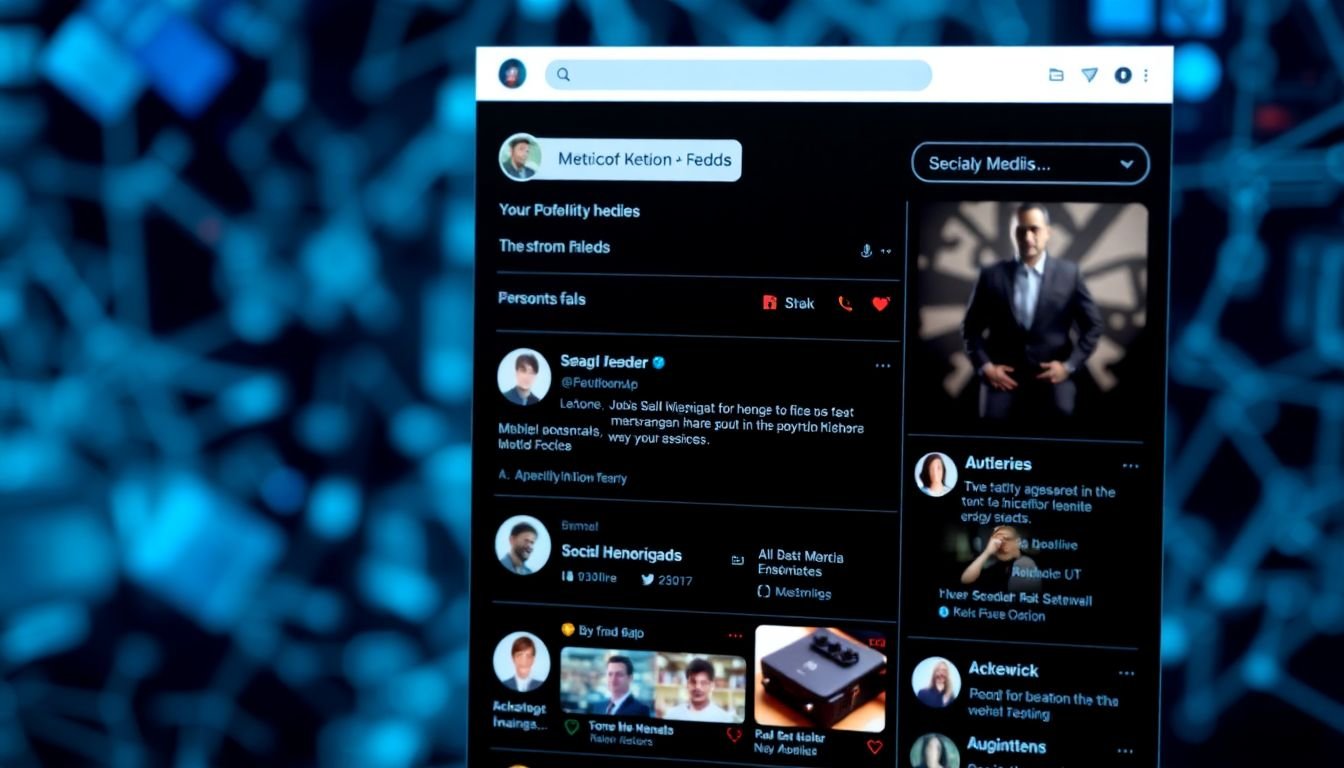
Personalization: AI-Driven Targeted Marketing
In the dynamic realm of digital marketing, personalization has emerged as a game-changer, and Artificial Intelligence (AI) is its ace in the hole. AI-driven targeted marketing is not just a buzzword; it’s a revolution that’s enabling businesses to connect with their audiences on a level that was once unimaginable.
AI’s prowess lies in its ability to analyze vast amounts of data, identifying patterns and trends that humans might miss. This data deluge includes browsing history, purchase patterns, social media interactions, and more. By crunching these numbers, AI can create detailed customer profiles, painting a vivid picture of each individual’s preferences, behaviors, and needs.
But how does this translate into personalized content and targeted advertising? The process is quite fascinating. AI algorithms can segment audiences into micro-groups, each with its unique characteristics. This segmentation allows for tailored content creation, ensuring that each customer receives information that resonates with them.
For instance, an e-commerce platform using AI might show different product recommendations to a customer who frequently buys sports equipment than to one who often purchases books. The AI has learned from their behavior and is using that knowledge to provide a more relevant shopping experience.
Moreover, AI can optimize ad placement and timing. It can predict when a customer is most likely to make a purchase or engage with content, ensuring that ads are shown at the optimal moment. This not only enhances the customer experience but also boosts conversion rates.
In essence, AI is enabling businesses to move away from broad, one-size-fits-all marketing strategies towards personalized, targeted approaches. It’s a shift that’s making marketing more effective, more efficient, and more customer-centric. And as AI continues to evolve, we can expect this trend to become even more pronounced, with marketing becoming increasingly personalized and precise.
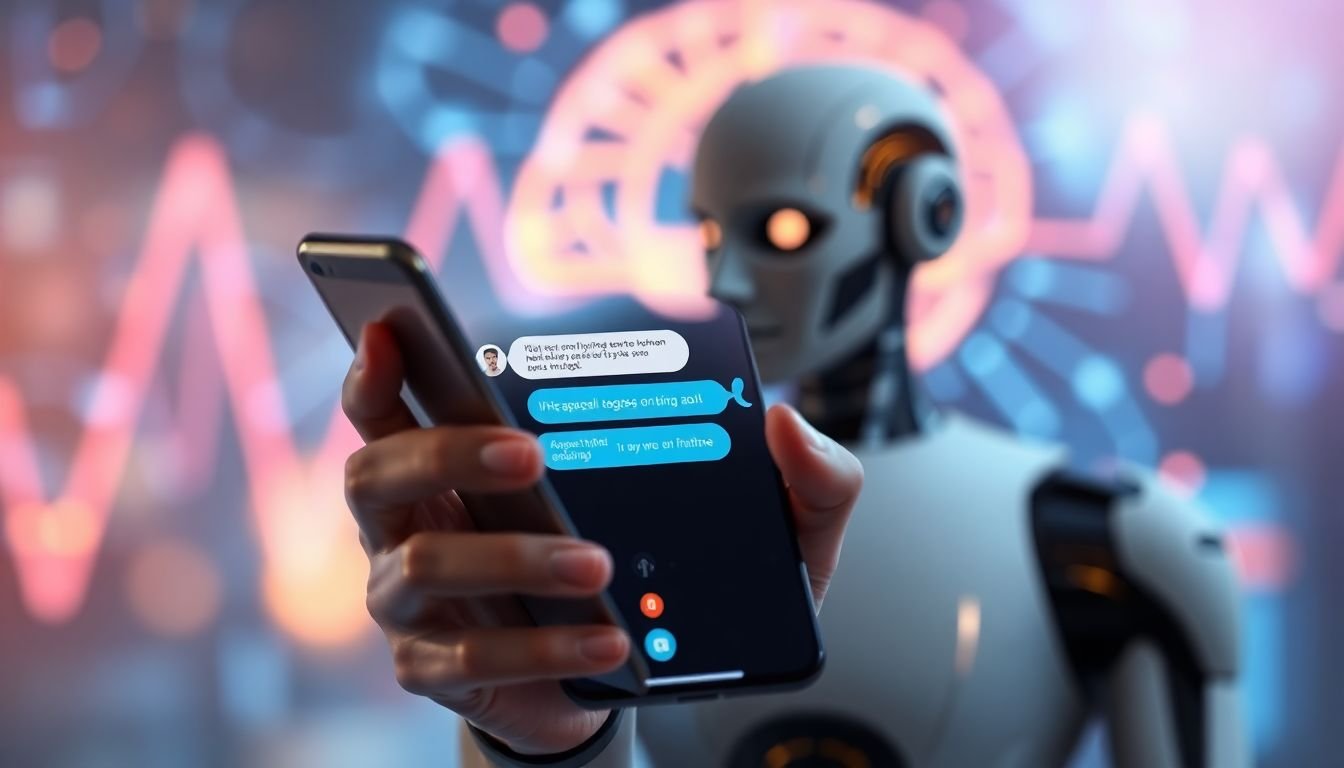
The Rise of Chatbots and Conversational Marketing
In the dynamic landscape of digital marketing, a silent revolution is underway, powered by artificial intelligence (AI) and machine learning (ML). This revolution is marked by the rise of chatbots and conversational marketing, transforming the way businesses interact with their customers. Chatbots, digital entities that simulate human-like conversations, have evolved from simple rule-based systems to sophisticated AI-driven entities, capable of understanding context, learning from interactions, and improving their performance over time.
The role of AI in chatbots is multifaceted. Firstly, AI enables chatbots to understand and respond to natural language inputs, making interactions more intuitive and human-like. This is achieved through Natural Language Processing (NLP), a branch of AI that focuses on the interaction between computers and humans through natural language. Secondly, AI allows chatbots to learn from each interaction, improving their ability to provide relevant and accurate responses. This is made possible through Machine Learning algorithms that enable chatbots to adapt and evolve based on new data and experiences.
Conversational marketing, a strategy that leverages chatbots to engage customers in one-on-one conversations, is driving sales and enhancing customer support in unprecedented ways. Chatbots provide 24/7 customer support, ensuring that customers always have access to assistance, regardless of time zones or business hours. They can handle a wide range of customer queries, from product information to troubleshooting, freeing up human agents to handle complex issues that require a human touch. Moreover, chatbots can guide customers through the sales funnel, providing personalized product recommendations, answering queries, and even processing transactions, thereby driving sales.
In conclusion, the rise of chatbots and conversational marketing is not just a trend, but a shift in how businesses interact with their customers. AI is the backbone of this shift, enabling chatbots to understand, learn, and adapt, thereby providing meaningful interactions that drive sales and enhance customer support.
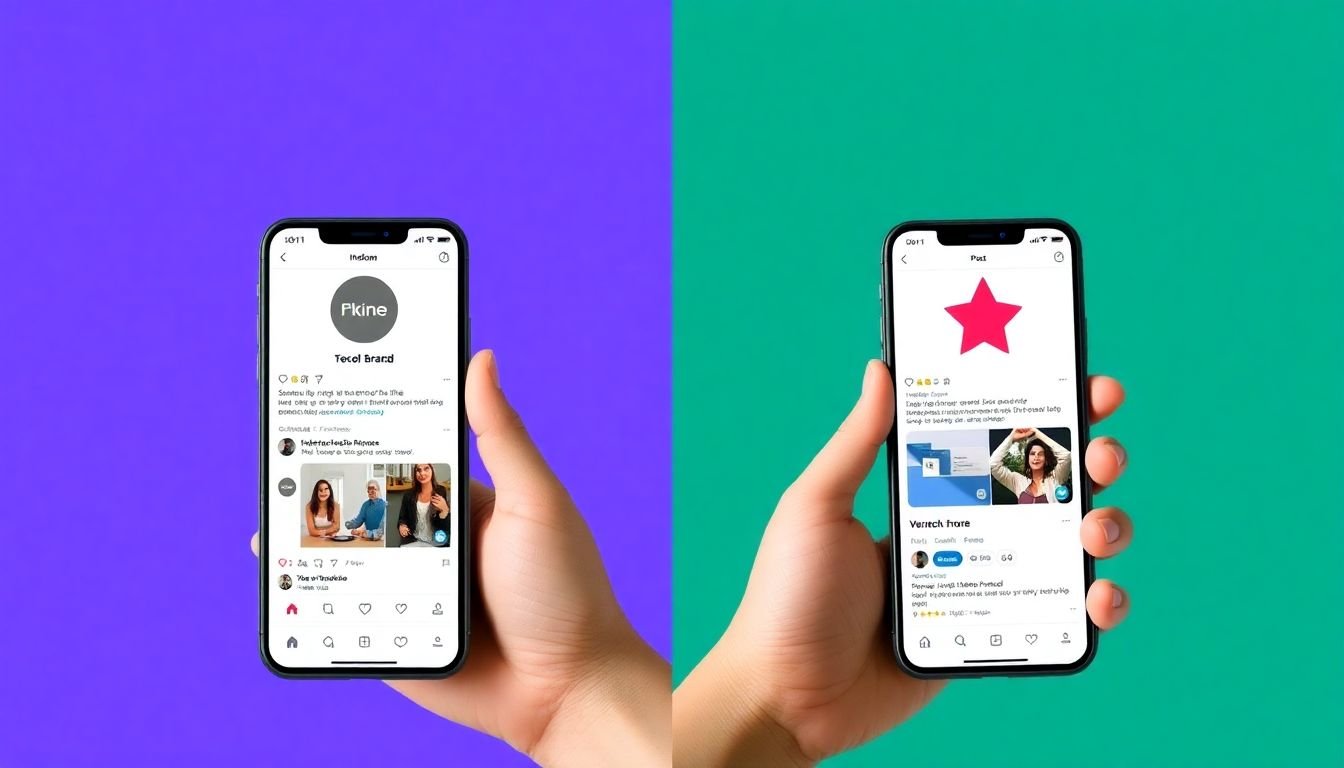
Cross-Platform Consistency with AI
In the dynamic world of social media, maintaining brand consistency can be a challenge due to the diverse nature of platforms. Each platform has its unique audience, features, and content requirements. However, with the advent of Artificial Intelligence (AI), this task has become more manageable. AI can be a brand’s secret weapon, ensuring a unified voice and aesthetic across all platforms, despite their differences.
AI-driven tools can analyze a brand’s existing content and identify key elements that define its voice and aesthetic. This could include the tone of language, color schemes, typography, and imagery styles. Once these elements are identified, AI can be programmed to maintain these aspects consistently across all platforms.
For instance, AI can be used to generate captions that maintain a consistent tone of voice, whether it’s professional, humorous, or conversational. It can also suggest relevant hashtags, ensuring that the brand’s content is discoverable across all platforms. In terms of aesthetics, AI can help maintain color consistency, font styles, and image types that align with the brand’s visual identity.
Moreover, AI can help optimize content for each platform’s unique requirements. For example, it can generate different versions of the same post to fit the character limits of Twitter, the image sizes of Instagram, or the video lengths of TikTok. This ensures that the brand’s message is always clear and engaging, regardless of the platform.
In conclusion, AI is not just a tool for predicting trends or analyzing data. It can also be a powerful ally in maintaining brand consistency across all social media platforms. By leveraging AI, brands can ensure that their voice and aesthetic remain unified, even as they adapt to the unique requirements of each platform.
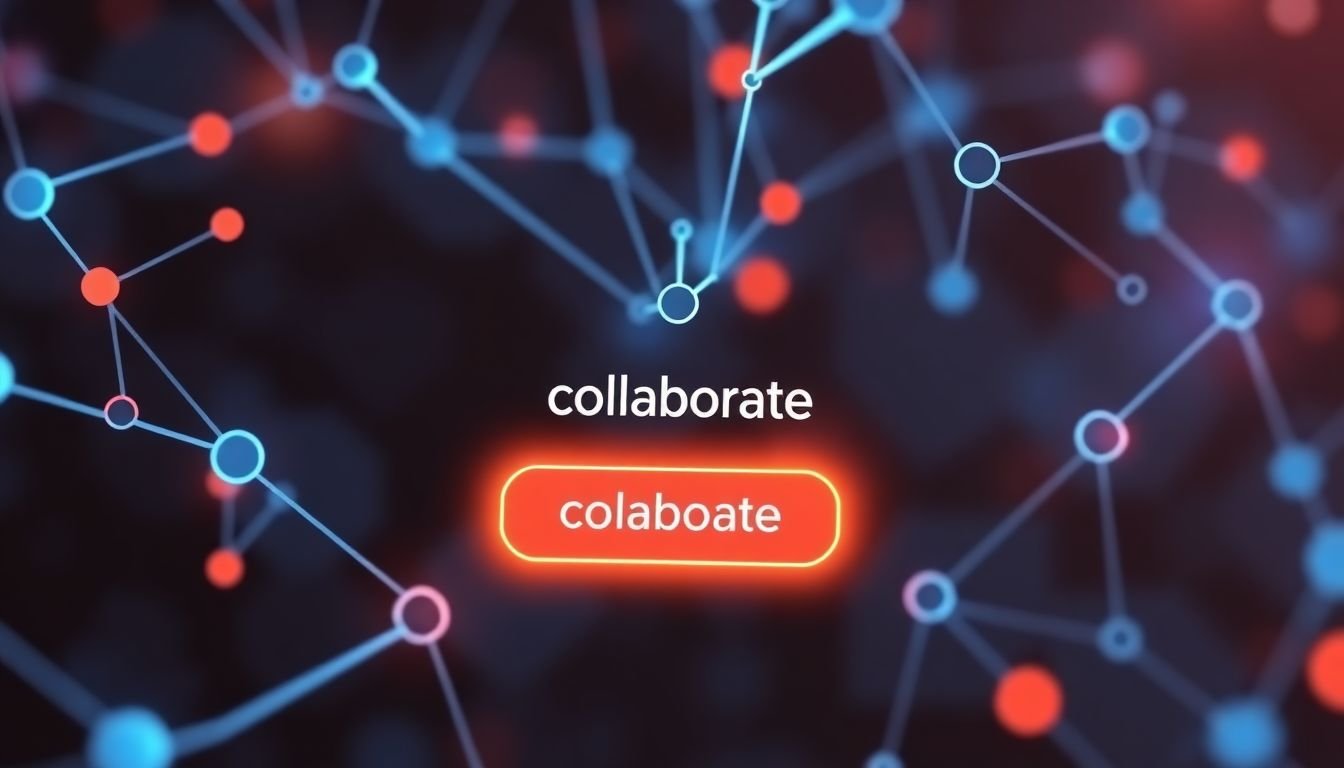
AI in Influencer Marketing
In the dynamic world of influencer marketing, Artificial Intelligence (AI) has emerged as an indispensable tool, revolutionizing the way brands connect with influencers and maximize their return on investment (ROI).
AI’s first foray into this realm is through influencer identification and connection. It employs machine learning algorithms to scour social media platforms, analyzing vast amounts of data to identify influencers who align with a brand’s niche, values, and target audience. These algorithms consider factors such as follower count, engagement rate, content quality, and audience demographics, ensuring that brands are connected with the most relevant and effective influencers.
Once potential influencers are identified, AI steps in to predict their reach and engagement. By analyzing historical data on similar influencers or the influencer’s own past performance, AI can forecast the potential impact of a collaboration. This includes predicting the number of impressions, reach, engagement rate, and even the potential sales or conversions that could result from the collaboration. This predictive capability allows brands to make data-driven decisions, investing in influencers who are most likely to drive meaningful results.
AI also plays a crucial role in optimizing influencer collaborations. It can analyze the performance of past collaborations, identifying trends and patterns that indicate what types of content, posting schedules, or influencer characteristics drive the best results. This information can then be used to optimize future collaborations, ensuring that brands are getting the most out of their influencer marketing efforts. Additionally, AI can help in real-time optimization, adjusting strategies mid-campaign based on performance data to maximize ROI.
In essence, AI is transforming influencer marketing by making it more targeted, predictable, and efficient. It’s turning a once-haphazard process into a data-driven, strategic endeavor, helping brands to connect with the right influencers, predict the impact of collaborations, and optimize their marketing efforts for maximum ROI.
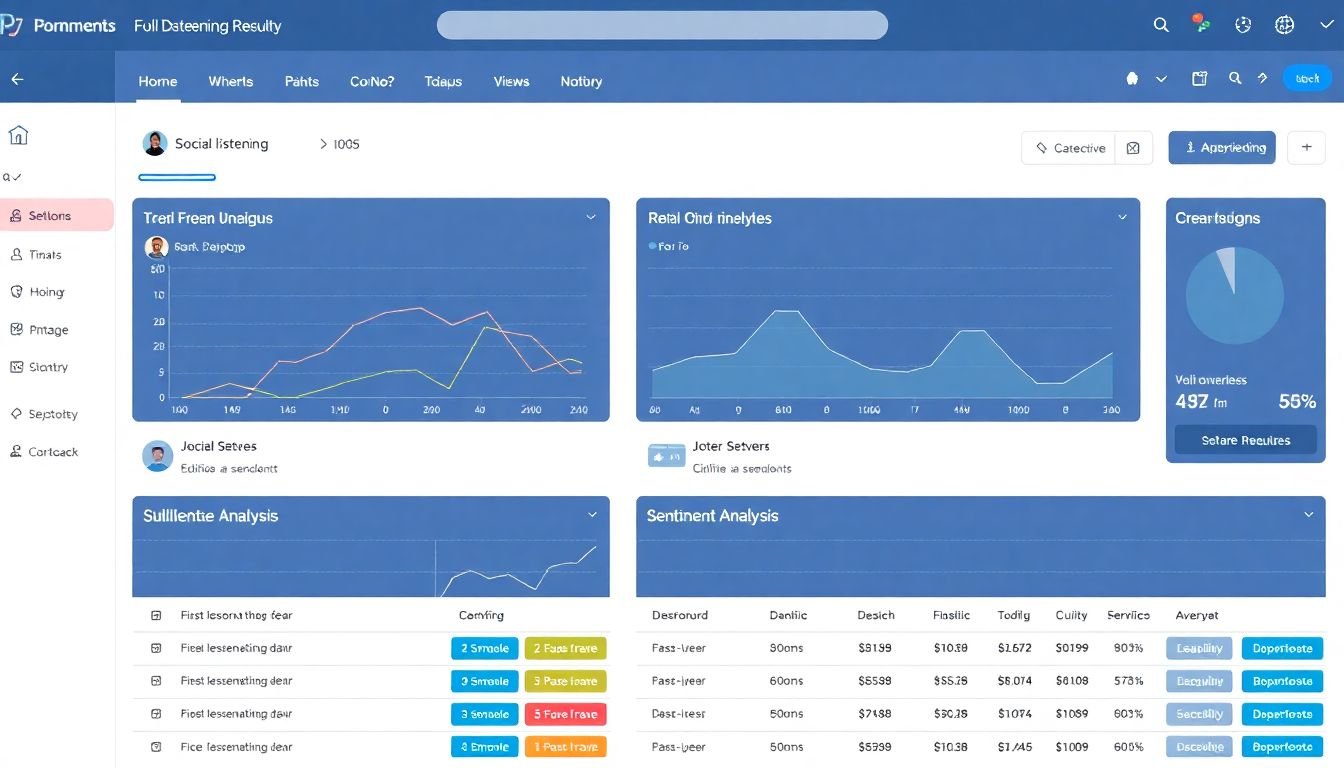
The Future of Social Listening with AI
In the dynamic landscape of digital communication, social listening has evolved from a manual process to an AI-driven powerhouse. Imagine social media platforms as a vast ocean of data, teeming with conversations, opinions, and trends. Traditionally, navigating this ocean required teams of analysts to sift through posts, tweets, and comments, a task that was time-consuming, subjective, and often overwhelming. Enter AI, our intrepid navigator, equipped with advanced algorithms and machine learning capabilities to make social listening not just efficient, but insightful and actionable.
The future of social listening with AI is about real-time insights. AI can process vast amounts of data in seconds, providing up-to-the-minute trends and topics that are gaining traction. It can track sudden spikes in conversation about a brand, product, or industry, alerting businesses to potential crises or opportunities. This real-time capability is a game-changer, enabling companies to respond swiftly and effectively to emerging situations.
AI also brings a new dimension to sentiment analysis. It can understand context, sarcasm, and nuance, providing a more accurate picture of public opinion. It can differentiate between positive, negative, and neutral sentiments, and even identify mixed sentiments. This level of granularity allows businesses to understand not just what people are saying, but how they feel about it.
Moreover, AI doesn’t just listen; it learns. It can identify patterns, predict trends, and provide actionable data. It can tell you not just what’s happening now, but what’s likely to happen next. This predictive capability is invaluable for strategic planning and decision-making. For instance, it can help businesses anticipate market shifts, understand customer needs better, or even predict product failures.
In essence, AI is transforming social listening from a reactive tool to a proactive one. It’s not just about hearing the conversation; it’s about understanding it, learning from it, and using it to drive informed decision-making. The future of social listening with AI is about turning data into insight, and insight into action.
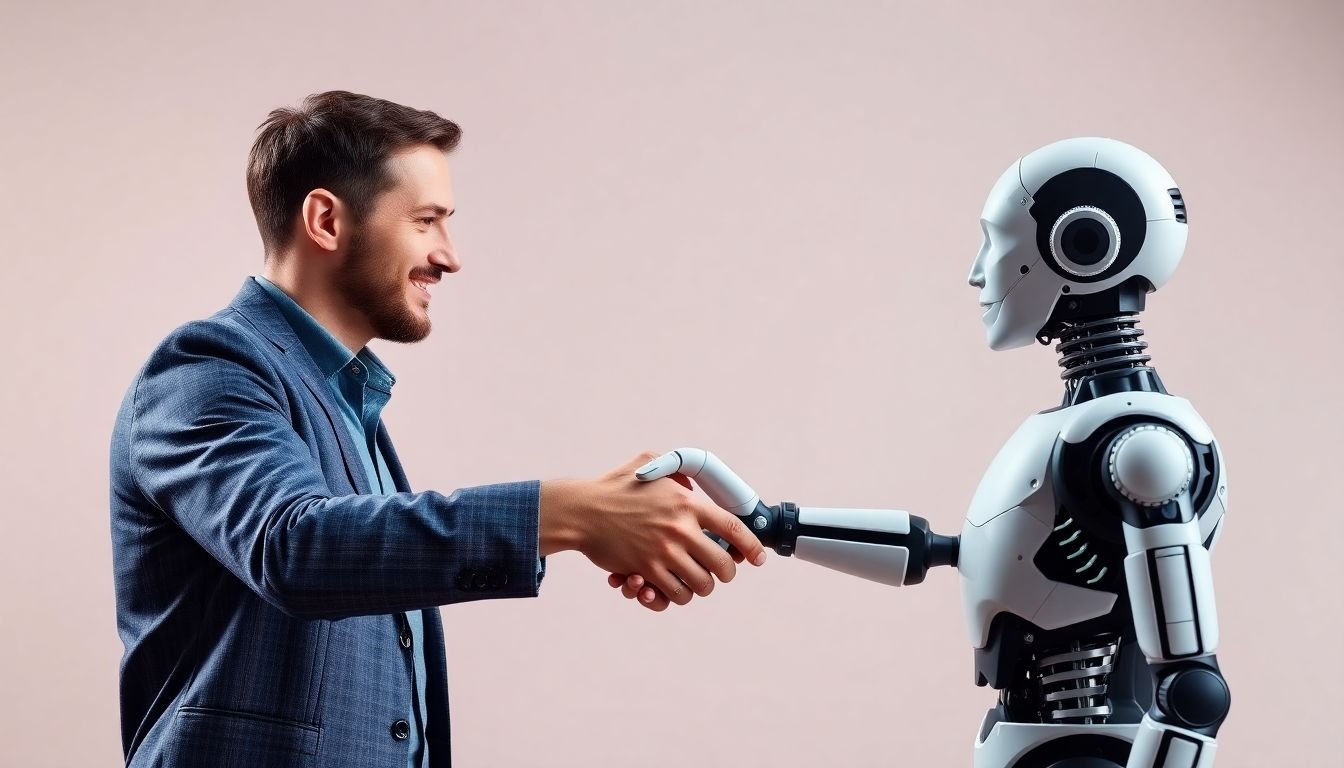
Ethical Considerations and the Human Touch
In the dynamic realm of AI-driven marketing, the importance of ethics cannot be overstated. As algorithms and machine learning models become increasingly sophisticated, they can inadvertently perpetuate biases, invade privacy, or manipulate users. This is where the human touch comes into play, acting as a moral compass to guide the development and implementation of AI in marketing strategies.
Human oversight is not just about catching mistakes; it’s about ensuring that the AI’s decisions align with our values and principles. It’s about asking the tough questions: Is this data collection method fair? Is this targeted ad respectful? Is this content appropriate?
Moreover, while AI can automate many tasks, it should not replace human creativity and strategy. AI can generate countless content variations, but it’s the human touch that ensures the content is engaging, relevant, and authentic. AI can predict trends, but it’s the human strategist who understands the cultural context and decides which trends to follow.
In the future of social media automation, the balance between AI and human oversight will be crucial. Here are some steps to achieve this balance:
- Establish clear ethical guidelines for AI use in marketing.
- Implement human-in-the-loop systems, where AI makes suggestions, but final decisions are made by humans.
- Regularly audit and reassess AI algorithms to ensure they align with evolving ethical standards.
- Invest in human skills and knowledge to keep up with AI developments and maintain strategic oversight.
After all, AI is a tool, and like any tool, it’s the human user who determines how it’s used, and to what end.